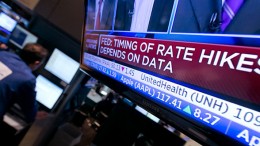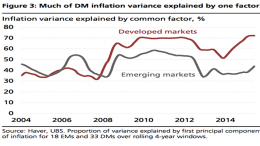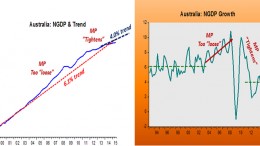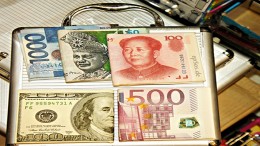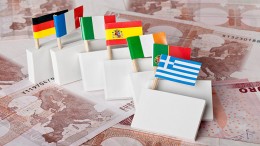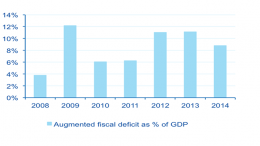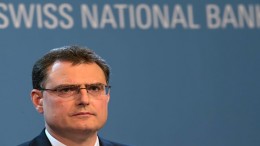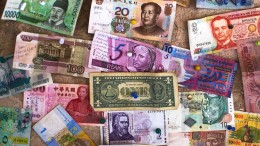The Fed should act now
The Fed’s wavering over addressing the matter of its announced rate hike has badly affected the markets, increasing their volatility. It should act now, curbing any further speculation, and disregard recent calls from the IMF and the World Bank to further delay this move.

